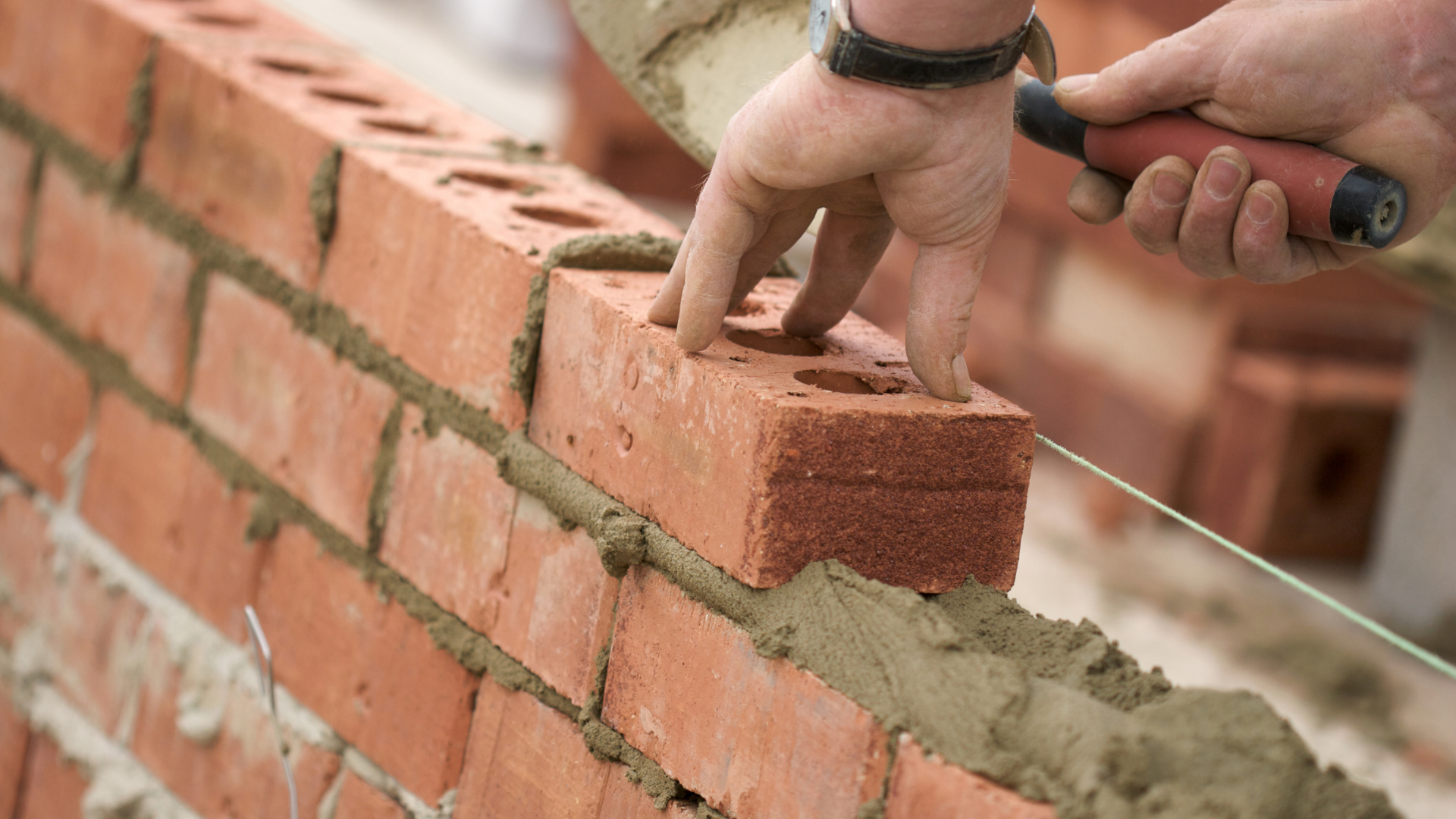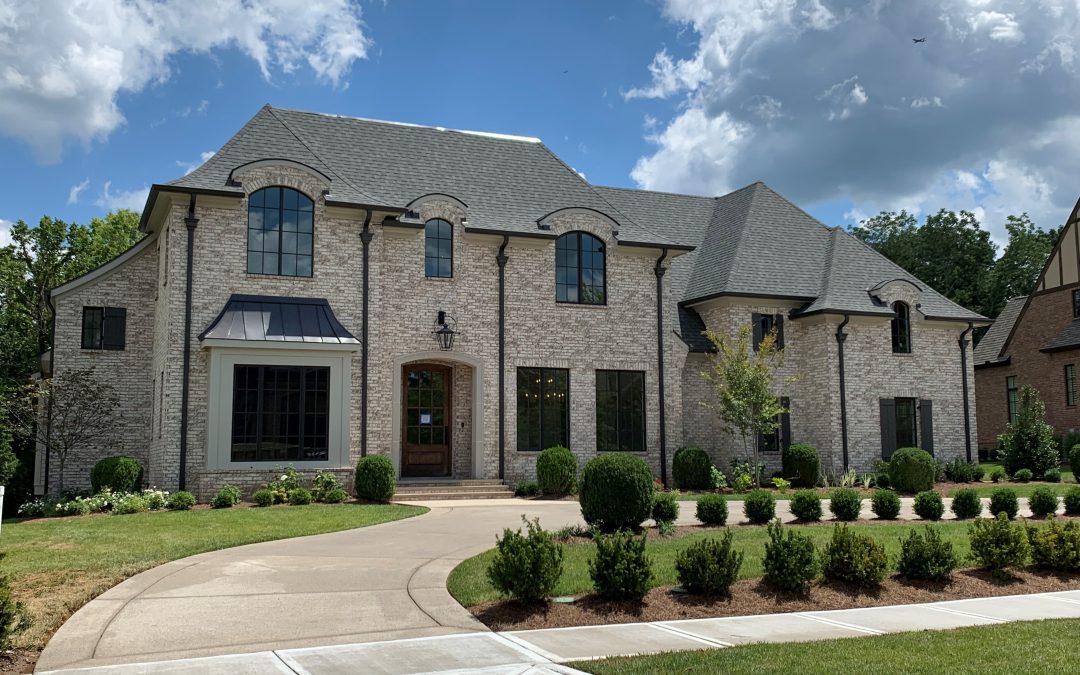The Advantages of Brick
When it comes to new construction or renovating your home’s exterior, choosing brick as a building material offers several significant advantages beyond aesthetics. Its timeless curb appeal, unmatched durability, and potential to increase resale value make brick a wise investment for any property. Quick design solutions like siding may appeal to some projects—such as residential homes, apartments, and mobile homes—because of their easy installation and lower cost. However, these options fall short compared to the extensive benefits of using a classic, value-adding material like brick.
Now that you’ve chosen brick for your home, the next question is: can you afford it? Understanding the costs involves several factors. To get an accurate estimate, you’ll need to compare the costs of brick siding or veneer versus brick masonry. Additionally, you’ll need to calculate the price of brick based on the size of your project, the type of brick you choose, labor costs, and potential expenses for brick removal and repairs. By considering all these factors, you can better plan your budget and ensure your brick investment is affordable and worthwhile.
Solid Brick vs. Brick Siding
Solid brick uses bricks for structural support, consisting of two brick layers or a concrete block with an outer brick layer. This method offers durability and low maintenance but comes with higher costs per square foot, including professional installation by a mason. Brick siding or veneer offers the aesthetic appeal of brick without providing structural support. It relies on a steel or wooden frame and can be installed at any construction stage, making it a more flexible and cost-effective option. Brick veneer offers lower costs per square foot and reduced labor expenses thanks to its simpler installation process. While solid brick offers exceptional durability and a classic look, brick veneer provides better insulation and affordability, making it a popular choice for modern homes.

Project Size: Front vs. Full Exterior
When calculating the cost of brickwork for your house, size really does matter, but project specifics are also taken into account. Typically, bricking or rebricking the front of a home comes with lower costs compared to extending the project to cover the entire property. Professionals may also charge more to accommodate windows, complex rooflines, and chimneys.
Labor Costs
Labor costs for installing brick veneer and solid brick on a home’s exterior vary significantly. Masonry work with solid brick tends to involve higher labor fees due to the material’s heavier and more complex nature. In contrast, labor fees for installing brick veneers are typically cheaper since they are lighter and easier to work with. Labor costs can represent more than half of the total project price, depending on the type of brick chosen. Regardless of the selected brick type, hiring an experienced mason is essential to ensure the siding is installed correctly, safeguarding your home against water damage while maintaining its structural integrity.
Brick Removal and Repairs
Several factors come into play when considering the cost of brick removal and repairs. If brick or brick veneer replaces another type of siding, removal costs can vary depending on the previous siding material. If a layer of old brick needs to be removed before installation, the price may increase. When rebricking a house, which involves replacing old brick with new siding, there’s always a chance you’ll uncover damage. Addressing issues like water damage or consulting a structural engineer if significant cracks are discovered in the walls or foundation will add to the overall costs involved.
When calculating the cost of brickwork, you’ll have to consider factors like square footage, project details, labor fees, removal and repair costs, and the type of brick you use. Considering all these factors ensures a comprehensive estimate of your project’s budget. If you need a more precise figure, online tools can help streamline the process.
The Brick Industry Association’s website (BIA) offers three helpful calculators to estimate the cost of using brick for your home. The Residential Cladding Cost Comparison Calculator compares the price of a four-sided brick home to vinyl, fiber cement, stucco, stone, and wood by zip code. The Mortgage Cost Comparison Calculator lets you compare a brick home’s estimated monthly mortgage payment to other materials. The Square Foot Pricing Calculator estimates the price per square foot, the number of bricks needed, and the estimated total cost (excluding waste, mortar, and labor) compared to other building materials. To explore these tools, click here.
Schedule a meeting with our brick experts at our showrooms in Cumming, Cartersville, Newnan, or Lovejoy. Our team will help you select the perfect brick for your home and budget!

